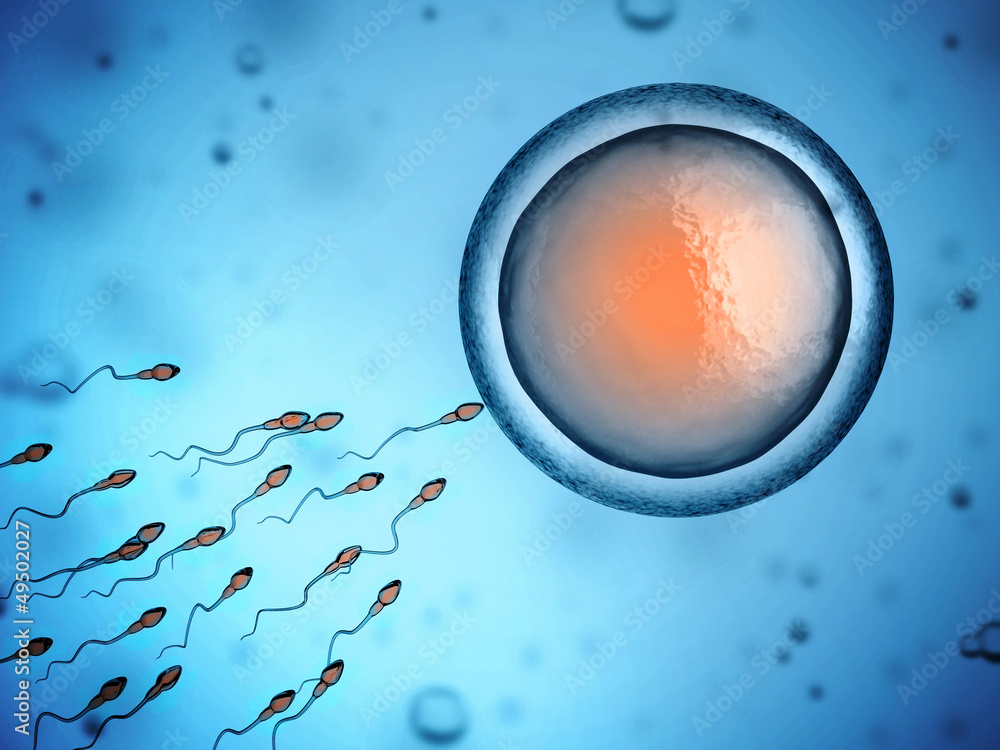


Sex: Engineered for Success

Sex: A Spicy Problem for Evolutionary Theory

Behe: Bacteriophage—The New Poster Child for Darwin’s Doom
On today’s ID the Future, Lehigh University biologist Michael Behe argues that Darwinism was built on a foundation of ignorance. Through no fault of Darwin’s, neither he nor anyone else in his day had a clue about the nature of cellular life and biological information, says Behe. Even the biologists of the Neo-Darwinian synthesis in the first half of the twentieth century were fairly clueless about the foundation of life, Behe says. When researchers did finally begin to unravel the sophisticated foundations of life, earlier notions of how evolutionary processes might have invented the great diversity of life forms on earth were exposed as causally inadequate. Behe says that in fact all the attempts to rescue the idea of mindless macroevolution have been exposed as inadequate by our growing understanding of molecular biology, but evolutionary theory blithely sails along anyway, thanks to institutional inertia. A key defeater of the theory, Behe says, is captured by his concept of irreducible complexity. He explains the idea with a simple illustration, a mousetrap, and then applies it to a marvelous molecular machine that researchers have only recently come to appreciate, the Escherichia virus T4 bacteriophage. As he argues, this bacteriophage powerfully bespeaks the purposeful arrangement of parts, rather than mindless evolutionary processes. The occasion for his conversation with host Casey Luskin is his contribution to the recent Harvest House anthology, The Comprehensive Guide to Science and Faith. Image Credit: Dr. Victor Padilla-Sanchez: Atomic structural model of bacteriophage T4 in UCSF Chimera software using pdbs of the individual proteins.

Jaw Dropping: Nature’s Irreducibly Complex Linkage Mechanisms
On today’s ID the Future, Bristol University engineer Stuart Burgess dives deeper into the engineering marvels of such sea creatures as the parrotfish, sling-jaw wrasse, mantis shrimp, and the deep sea dragonfish, with a particular focus on the amazing linkage mechanisms found in these creatures. Burgess says these mechanisms are extraordinary examples of engineering prowess, and they are irreducibly complex, thereby posing a challenge to modern evolutionary theory. He and host Eric Anderson also discuss the engineering sophistication of muscles, with a specific look at the human bicep and how the muscle and the brain work together. Burgess is an expert on linkage mechanisms. His design work in this area helped Great Britain’s cycling team win gold in the two most recent Summer Olympics, and his gearboxes can be found on the European Space Agency’s large Earth-observation satellites. The occasion for today’s discussion is Burgess’s recent scholarly paper in the journal Bioinspiration & Biomimetics.

Michael Behe and Cilia 3.0 … or, Irreducible Complexity Cubed
On today’s ID the Future, author and biologist Michael Behe discusses with host Andrew McDiarmid how the once seemingly humble cilium is actually even more irreducibly complex than Behe suggested in his ID classic Darwin’s Black Box—and indeed, even more complex than his review of cilia in his update in 2007. At the time Behe described cilia as “irreducible complexity squared.” But as noted in a recent article at Evolution News, even more layers of sophistication in cilia and their Intraflagellar Transport (IFT) system have now been discovered. So, does that mean we are now looking at irreducible complexity cubed? Listen in as Behe and McDiarmid revel in the engineering sophistication of this fascinating molecular machine, and discuss why, more than ever, it appears to point away from any form of mindless evolution for its cause.